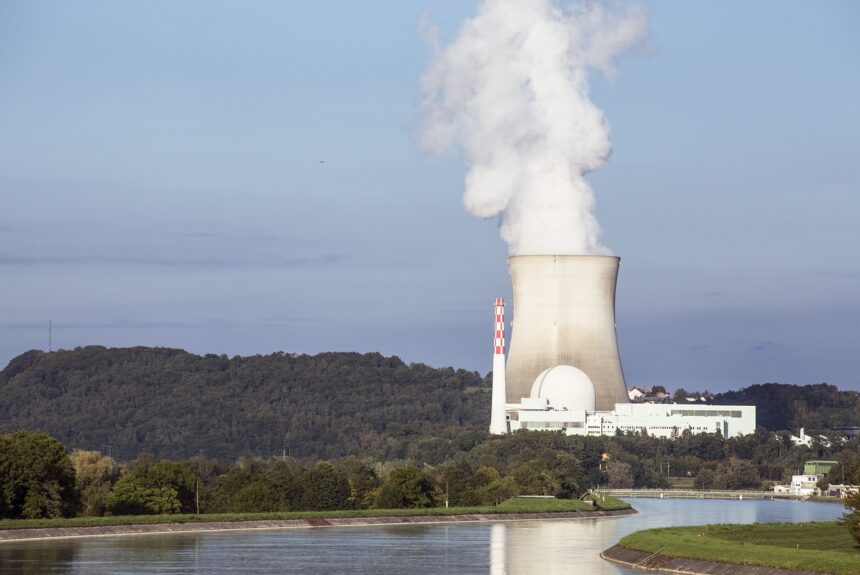
Our favorite colors determine a lot about our lives. Paint choices, what we wear, and even our energy. Hydrogen, for instance, is labeled by the colors of the rainbow, and the latest buzz is all about pink hydrogen. Why?
It is important to clarify that hydrogen’s color labeling does not actually apply to the appearance of hydrogen itself. Color labeling is used to differentiate between the different ways to produce hydrogen.
Grey hydrogen is produced with natural gas or methane. Green hydrogen is produced with renewables or electrolysis (which is the use of an electrical current to split atoms to isolate hydrogen). Blue hydrogen signals the use of natural gas in tandem with carbon capture. Pink hydrogen, like green hydrogen, uses electrolysis. But it is specifically created using nuclear power.
Rachael Rothman, co-director of the Grantham Centre for Sustainable Futures at the University of Sheffield, succinctly summed up the key highlights of pink hydrogen:
“If you split … water, you get hydrogen and oxygen. But splitting water takes energy, so what pink hydrogen is about is splitting water using energy that has come from nuclear…the whole system is low carbon, because … there’s no carbon in water … but also the energy source is also very low carbon because it’s nuclear.”
Hydrogen is an important energy carrier. But many of the current means of production, like those involved in producing grey hydrogen, have relatively high carbon footprints. In a world looking to decarbonize, hydrogen production’s carbon emissions are not being left unaddressed.
Decarbonization is one challenge facing the hydrogen industry. Lowering costs is another challenge since hydrogen, especially green hydrogen, can be fairly expensive to produce. The pursuit of cost reduction actually makes hydrogen production a perfect partner for nuclear power, as reducing nuclear costs has been a key area of focus for energy experts for some time.
At first glance, it might not make sense that the use of nuclear would make pink hydrogen one of the more affordable options in the world of hydrogen. Nuclear has traditionally been a fairly expensive clean energy. But costs are starting to drop with market-based innovation that has led to things like safety improvements and the development of small modular reactors. Ramping up the development of pink hydrogen now will position the energy source to take full advantage of the dropping cost of nuclear energy in the coming years.
And pink hydrogen’s development is coming at a key time for hydrogen as a whole. Under the Infrastructure Investment and Jobs Act (IIJA), the Department of Energy (DOE) will disperse $8 billion to fund hydrogen projects across the nation. Of this money, $7 billion will run through DOE’s Regional Clean Energy Hubs program, which will competitively award funding to universities, labs, and the private sector to advance clean hydrogen projects and lower costs for commercial deployment.
Expanding all means of hydrogen development is important. Grey hydrogen keeps production costs of the clean fuel low. Blue hydrogen focuses on carbon reduction. And green hydrogen is important for utilizing renewables and electrical currents. They all have a part to play.
But as pink hydrogen’s buzz leads to even more financial backing and increased production, it could bring about permanent (and positive) change for hydrogen production and creation worldwide. And, as nuclear power costs drop, pink hydrogen will be even more affordable.







